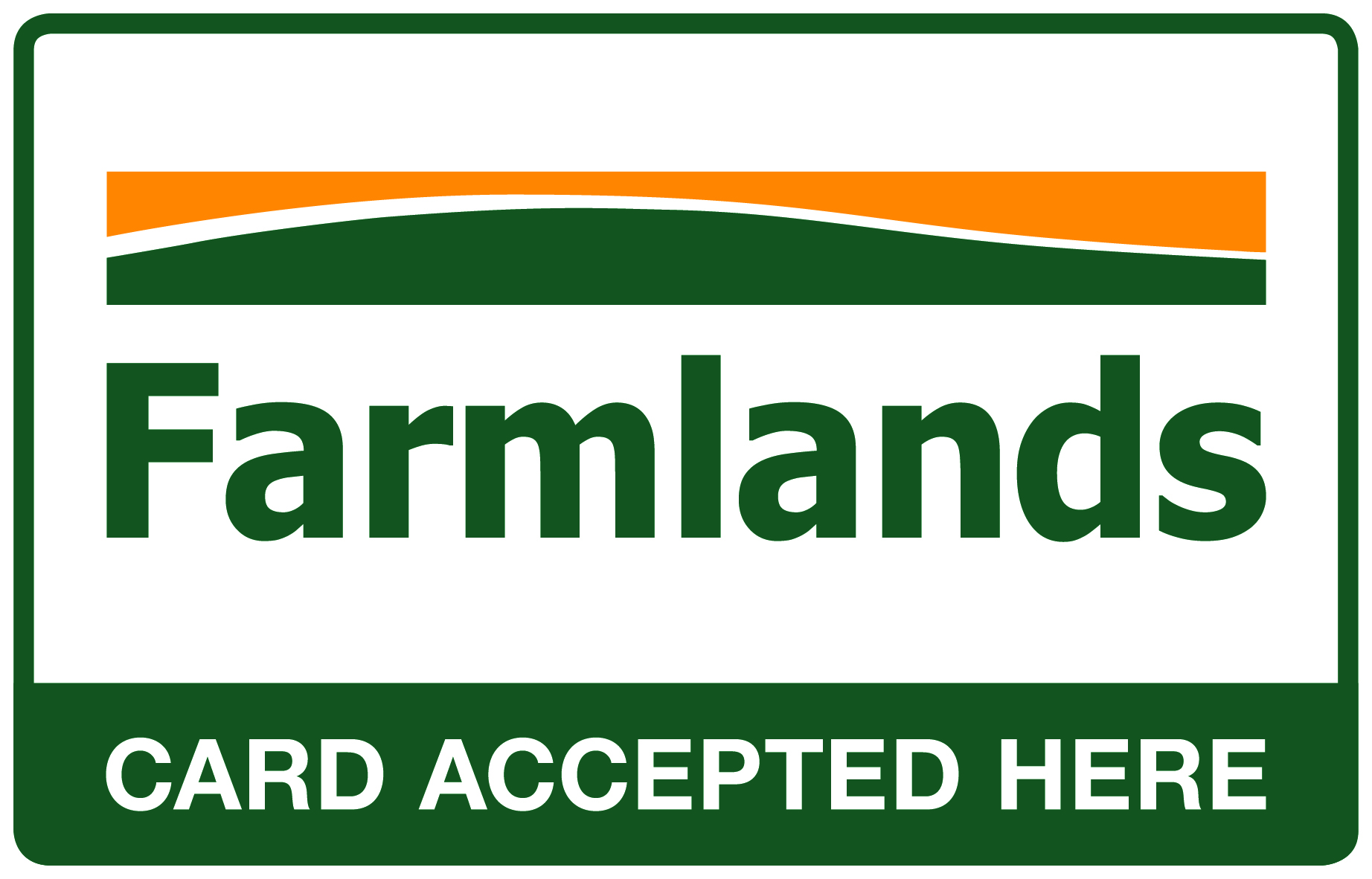To put it in simple English, an easement is a nonpossessory interest in another’s land, that entitles the holder the right to use the land in a specified manner. These are very common on a lot of subdivisions, however, are also often created independent of a subdivision for the likes of;
- Providing right of way access for vehicles
- Providing access for stock droving
- Protecting assets owned by a utility company (power, telecommunications, water)
- Providing encroachment protection for an irrigator to name a few.
Covenant areas are similar in nature to easements in that the area subject to the restriction or rights is identified on a survey plan, and are not generally pegged. Land covenants can be used for a variety of reasons as well and are not generally regulated by Council (other than a ROW) but put in place by private landowners or developers. Some uses for covenants we have been involved in relate to the following;
- Areas where there are height restrictions to protect views
- Areas where existing trees or shelter is to remain in place to hide views
- Areas where protection of wells from contamination of sewer discharge is required
- Areas where there are to be no dwellings, buildings or structures erected
These areas don’t usually need to be pegged (although some land-owners and power companies do ask for this). The Registrar General of Land will only allow an easement or covenant to be created if it is identified in relation to an approved survey plan, so if not included as part of a subdivision, a separate CSD is required to be prepared and lodged so as your solicitor can prepare the relevant documentation to support it.

